||ABSTRACT
There has been an increasing interest in the use of unconventional materials and morphologies in robotic systems because the underlying mechanical properties (such as body shapes, elasticity, viscosity, softness, density and stickiness) are crucial research topics for our in-depth understanding of embodied intelligence. The idea of a skin which can respond to the surrounding environment either by providing as a ventilated or a shading system. The idea of incorporating this type of system can be achieved by using passive soft robots which responds to the sunlight. This paper dwells into the understanding of building a material system that can respond to the continuous change in the environment. The material system consists of a mesh embedded in the soft robot itself which can later be able to provide as a structural element for incorporating more elements into the system. To enhance the material system of silicone and alcohol , different types of materials with high thermal conductivities are mixed with the existing mixture. Graphene nanoplatelets is one of the key material used to enhance the performance of the system.
Fabrication also plays an important role in determining the shape of the soft robot. Different digital fabrication techniques are also carried out to enhance the production time and the performance of the material.
||STATE OF THE ART REFERENCES

||SPECIFIC HEAT
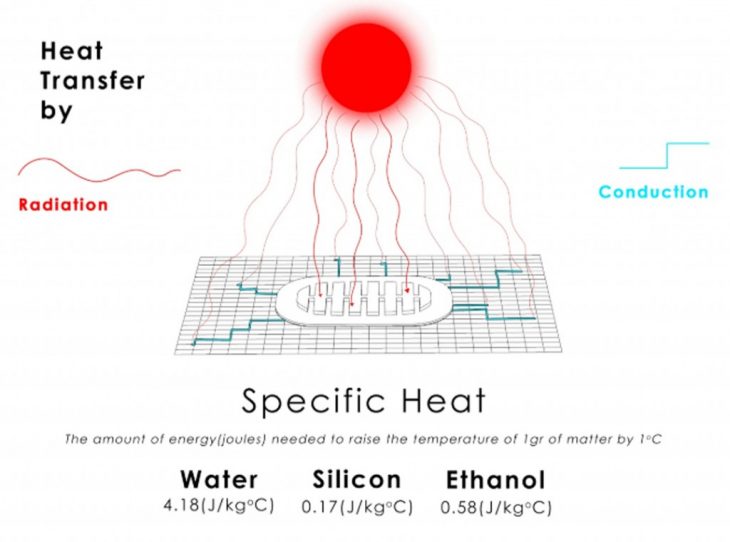
||EXPERIMENT 01
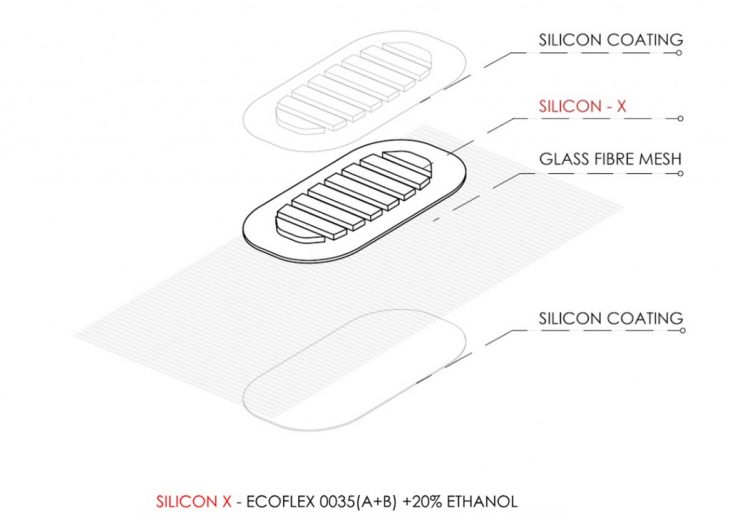
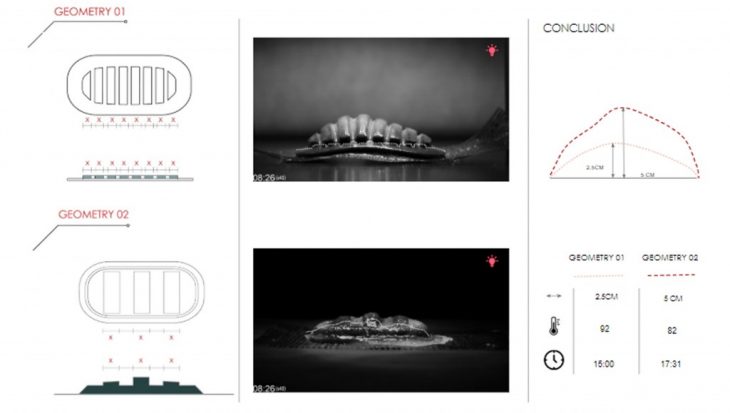
||EXPERIMENT 02
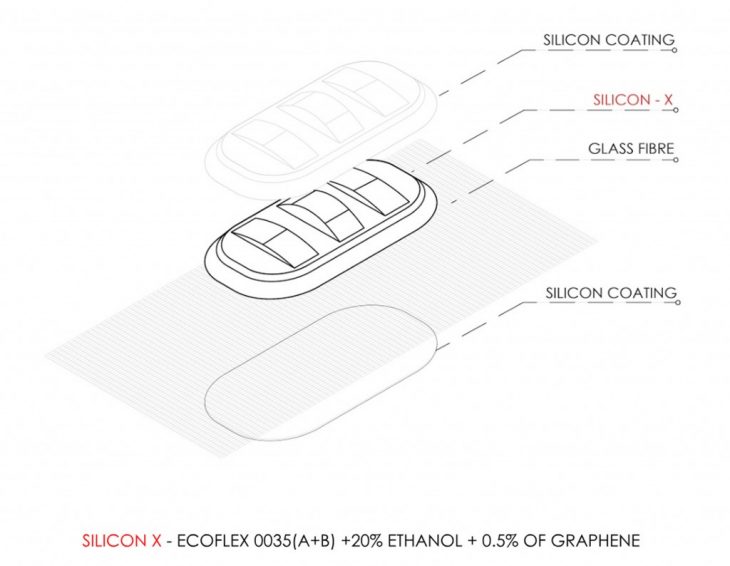
||EXPERIMENT 03
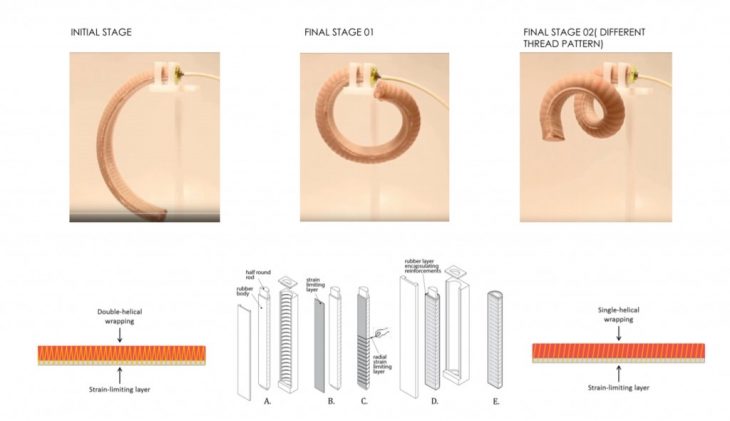
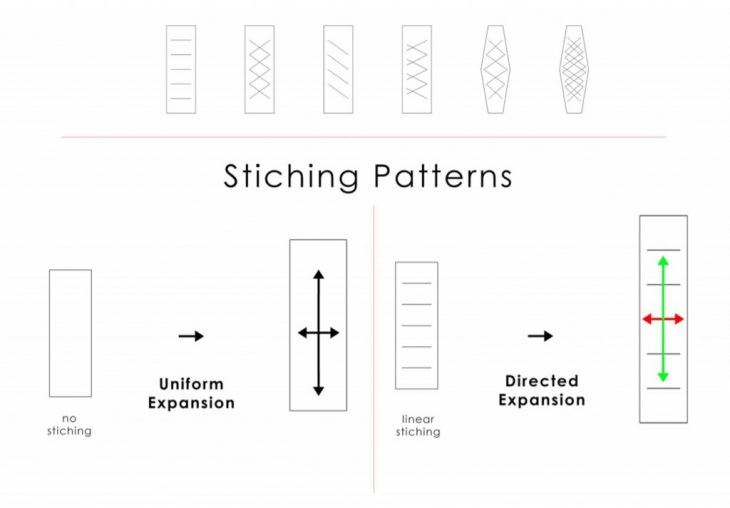
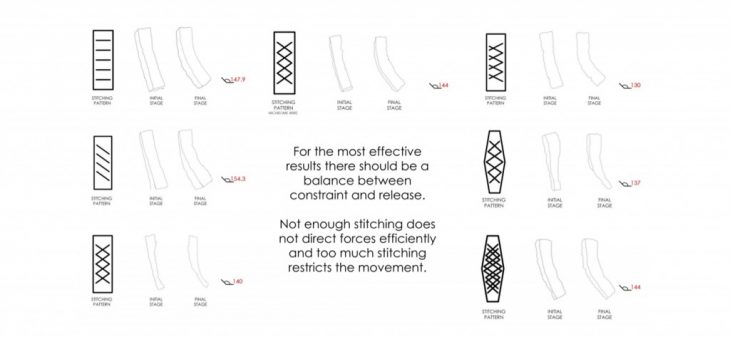
Conclusions
||Geometry Optimization
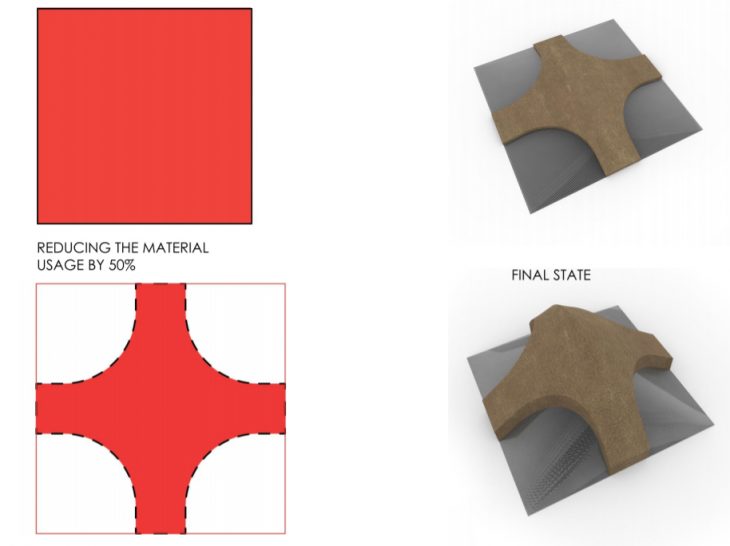
option 01
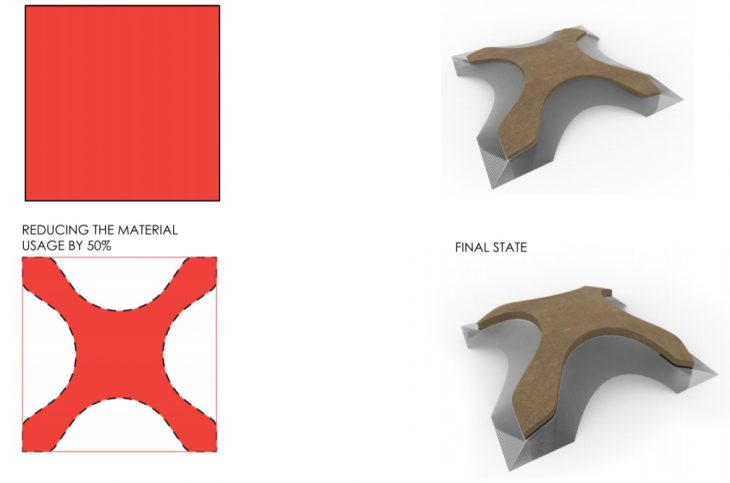
option 02

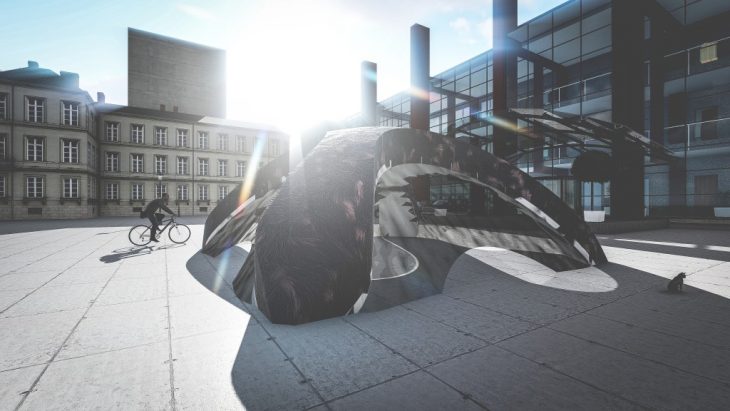

||References
https://www.researchgate.net/publication/283343853_Energy_Efficiency_Improvements_and_Indoor_Environmental_Quality_through_Climate-Responsive_Architecture/figures?lo=1
https://softroboticstoolkit.com/book/fr-design
So.Ar is a project of IaaC, Institute for Advanced Architecture of Catalonia developed at Master in Advanced Architecture, in 2018/2019 by:
Students: Aysel Abasova, Deepak Sundaram, Sri Sai Tarun Kovuru
Faculty: Areti Markopoulou, David Andres Leon, Raimund Krenmueller
Student Assistant: Nikol Kirova